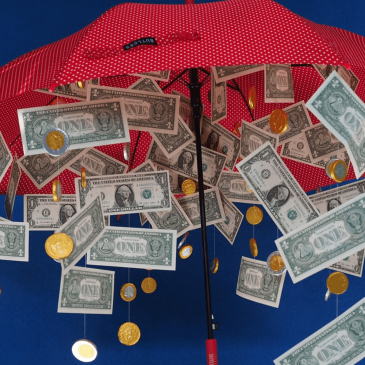Weighing the Pros and Cons of Refinancing Your Home Mortgage
Is 2025 a good time to refinance your mortgage? The answer can be tough to pin down because it ultimately depends on your personal financial situation, your current mortgage terms, and the broader market.
The truth is that while refinancing can offer serious benefits, it’s not for everyone. Let’s weigh the pros and cons to help you decide.
What Are the Pros of Refinancing in 2025?
You may be able to enjoy the several benefits that come from refinancing your home mortgage in 2025, but the reality is, everything hinges on the interest rate you get. Rates are always fluctuating, so knowing when to act is important. After all, even a 0.5% drop can result in thousands of dollars in savings over the life of the loan. If your credit score has improved since you first bought your home, you might qualify for better terms today.
Naturally, if you are able to secure a lower interest rate or a longer loan term, you will reduce your monthly payments and free up cash for other expenses like home improvements, debt reduction, or savings. This can provide valuable breathing room if you’re dealing with a tight household budget.
But on the other side of that coin, refinancing from a 30-year to a 15-year mortgage can help you pay off your home faster and reduce the total interest you will pay over the life of your loan. While this may increase your monthly payments, it will build equity quicker and help you save potentially tens of thousands of dollars in interest over time.
Another advantage to refinancing in 2025 is that you can switch from an adjustable-rate mortgage (ARM) to a fixed-rate mortgage. With a fixed-rate loan, your interest rate and monthly payments stay predictable, which can be especially important if you plan to stay in your home for many years.
With home values rising even higher in 2025, this year could also be a good time to choose a cash-out refinance. The higher equity will allow you to fund major expenses like renovations, college tuition, or high-interest debt consolidation using this method.
What Are the Cons of Refinancing in 2025?
Refinancing in 2025 brings with it many of the same cons as refinancing in any previous year. For starters, refinancing isn’t free. You should expect to pay 2% to 5% of the loan amount in closing costs, which will include all the same fees you paid when you closed on your original loan, like application fees, appraisal fees, and title insurance.
Due to the costs of refinancing, it may not be worth it if you’re not planning on staying in your home for at least a few more years. If you don’t reach your break-even point, then you will wind up losing money on your refinance. The break-even point is when your monthly savings from refinancing offset the upfront costs.
If your savings are modest, it could take years to recoup those expenses—so make sure you crunch the numbers
It is also important to remember that when you refinance, you’re essentially taking out a new mortgage. If you’ve already paid down several years on your current loan, then refinancing into a new 30-year term will not only reset the clock on your journey to owning your home, but it will also result in you paying more interest over the long run, unless you make extra payments.
As a result, it’s important to look at both your monthly payment and total cost over the life of the loan before you choose to refinance in 2025.
Will Refinancing in 2025 Give You What You Need?
Refinancing your mortgage in 2025 could be a smart financial move, but it’s not a one-size-fits-all solution. Before deciding, take the time to evaluate your goals: Are you looking to save monthly, pay off your loan sooner, or access equity? Then compare those goals against the costs involved.
Consulting with a trusted mortgage advisor can help you make an informed decision and help ensure that your final decision will be what’s best for your current and future needs.



